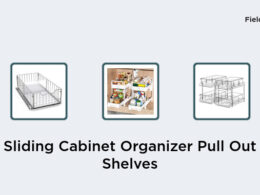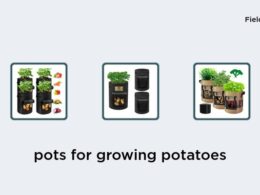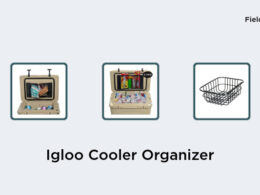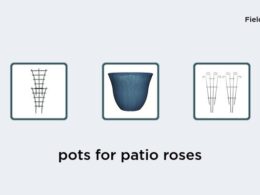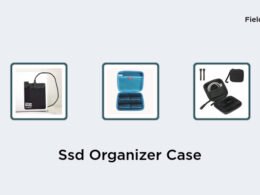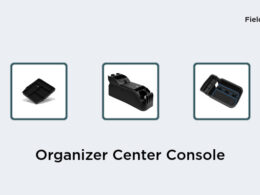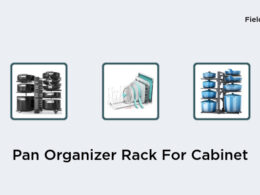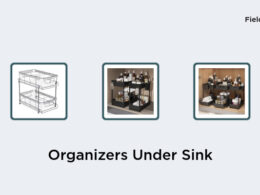Exploring the Dark Side of Hydroponics: The Negative Effect of Harmful Algae Growth on Plants
Harmful Algae Growth in Hydroponics
Hydroponics is a highly efficient and productive method of growing plants without soil by using a water-based nutrient solution. However, one of the problems that can occur in hydroponic systems is the growth of harmful algae in the water. Algae are primitive plants that reproduce rapidly in the presence of light, water, and nutrients. Excess nutrients and light in hydroponic systems provide a favorable environment for algae growth. Some of the commonly observed algae in hydroponic systems include blue-green algae, green algae, and diatoms.Negative Effect of Algal Blooms on Plants in Hydroponics
Algal blooms in hydroponics can be detrimental to the growth and survival of plants. The excessive growth of algae can block the nutrient solution from reaching the roots of plants, creating anoxic conditions, and leading to the death of plants. The algae can also release harmful toxins in the water, lowering the pH, and making it challenging for plants to uptake necessary nutrients such as calcium and phosphorus. In turn, this negatively affects plant growth and can result in reduced yields.Suffocation of Root Systems in Hydroponic Plants
Algal blooms can cause extensive suffocation of the root systems of hydroponic plants. The root systems of hydroponic plants are responsible for absorbing water and nutrients from the nutrient solution. If these roots become clogged with algae, they are unable to absorb adequate nutrients and water, leading to suffocation and death of the plant.Increased Pathogen Susceptibility in Hydroponic Plants
Algae growth can also increase the risk of pathogen susceptibility in hydroponic plants. The algae can provide a breeding ground for harmful bacteria, fungi, and viruses that can infect the plants and cause diseases, leading to stunted growth or even death of plants.Risk of Algae Overgrowth in Hydroponic Systems
Algae overgrowth is a common risk in hydroponic systems that do not have adequate measures in place to control the growth of algae. The abundance of nutrients, water, and light in hydroponic systems facilitate the growth of algae, which can quickly spread throughout the system, leading to a complete system shutdown.Importance of Monitoring Algae in Hydroponic Culture
Monitoring algae growth is crucial in hydroponic culture to maintain healthy plant growth. Periodic checks of the nutrient solution system and water quality can identify potential problems early on before they become significant issues. Monitoring can include visual inspections, measuring pH levels, and conducting water tests. If signs of algae growth appear, such as a distinct green color in the water or a slimy residue on system surfaces, prompt action should be taken to eliminate the algae before it becomes a problem.Precautionary Measures Against Harmful Algae in Hydroponics
Various preventive measures can be taken to control the growth of algae and minimize the risk of algae blooms in hydroponic systems. Some precautions include:- Using algae-resistant materials such as black plastic to construct the hydroponic system to prevent light penetration
- Covering the water and nutrient solution with a black or opaque cover to prevent light from penetrating the solution
- Preventing the accumulation of organic matter in the solution that can provide nutrients for algae growth
- Regular cleaning and sterilizing of the hydroponic system, including drains and pipes to prevent the buildup of organic matter and bacteria
- Using natural biocides such as hydrogen peroxide, ozone, or copper sulfate to kill off existing algae and prevent regrowth







